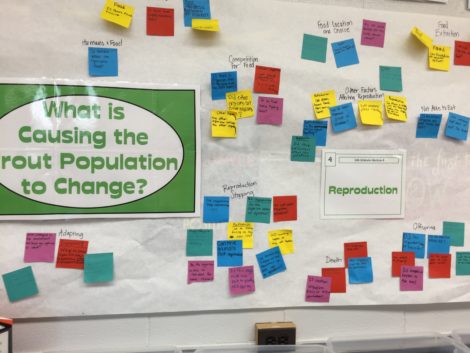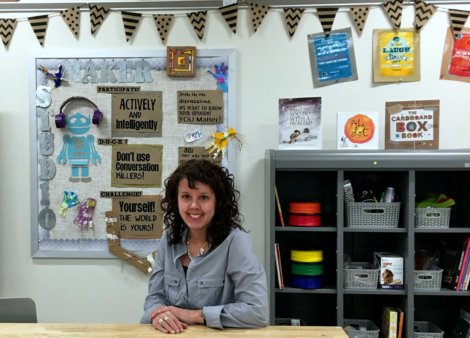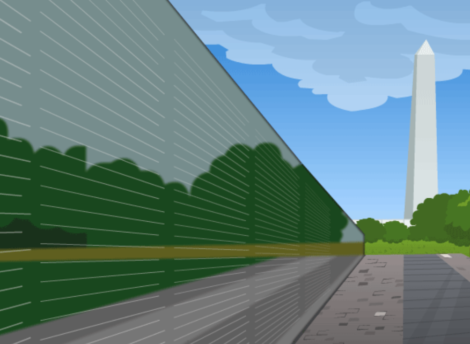
CBE of the Month Mike Jones Shares Ideas for Using BrainPOP in Inquiry
Posted by cemignano on
Earlier this month we introduced you to November’s CBE of the Month, Mike Jones. Read on to learn more about how Mike uses BrainPOP to encourage inquiry among his students and don’t forget to check out Mike’s archived webinar from the first week of November.
I wonder….
I cannot think of a happier way to start a lesson than hearing the students ponder out loud and to have the students excited about learning and science. If you think of the goal of our anticipatory set, we want students leaning forward on the edge of their seats waiting on what they might discover next. How do we develop a sense of wonder in our students that leads them to crave knowledge?
Let them lead…
The nature of science can be simply stated as the desire to find out an answer to the question. Often, teachers focus on providing statements like, “Today we will,” or “I can,” to frame what learning should take place that day. The problem with this approach is it puts students in the passenger seat instead of driving their own learning. Instead, what if we prepared a lesson in a way where students ask the questions? Instead of saying, “Today we will talk about meteorology;” what if we showed them a video of a tornado? What if we showed pictures of a drought or a video of thunder and lightning during a snowstorm? What questions might students ask?
Teaching using Phenomena
A phenomenon is an event, media or item in nature that can cue the students to have a question. If you have spent any time around a 4-year-old, you realize that inquiry and questioning is hardwired into our children. Watching a flower grow, riding on a roller coaster, or seeing a lightning bolt hit a tree are all things that can cause a student to wonder. Using phenomena can build a sense of excitement in the world that causes students to ask questions. These phenomena are not selected randomly. A teacher must backwards plan from the learning objective to create a list of questions they would want their students to ask. The trick is finding a resource to inspire these questions.
Creating a Driving Question–
The nature of science can be simply stated as the desire to find out an answer to the question. A driving question is a student question that is the target of the inquiry unit. It might be asked individually or decided upon a consensus model. Teachers still use targets and assessments, but we set the stage for student discovery using a planned storyline where students’ questions and investigations build during a unit.
How do we handle questions that students ask that we weren’t prepared for? We let them explore. When a student asks a question that isn’t planned, I often let them see if they can find out the answer themselves. This allows me to either provide a resource or show research methods, like the big 6 or super 3, to support their learning. I’ll often have students ask me questions to which I do not know the answer. I give myself and my students permission to say, “I don’t know yet,” and then allow for us to discover the answer together.
Providing a Framework for learning
In my class, BrainPOP is the essential tool for inquiry. It allows a safe site where students can explore movies to help provide answers to their questions. With each BrainPOP video answering a question, it allows for students to see similar questions and related topics. Students can document their learning in Make-a-map, adding images and notes from the movies they watch. I can also provide students with reading materials under Related Reading and primary sources from Activities. Students can play GameUP to explore vetted simulations and games while documenting their learning with SnapThought. I can monitor where my students are in their learning using MyBrainPOP and formatively assess my students.
Self Directed Learning
Whether your school uses the Danielson’s framework or your school focuses on learner qualities, one goal we have for our students is to be engaged in their own learning. When we share the responsibility, we are providing a chance for students to take ownership in their own learning. Inquiry isn’t a laissez faire approach to learning; the work comes when we design supported situations for our students to wonder, to think and to connect.














